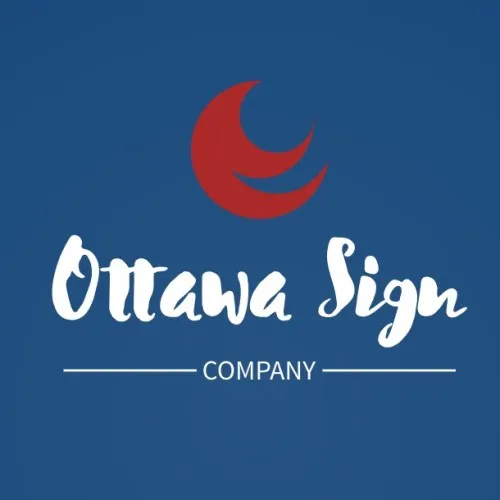
When it comes to creating a sign for your business, the material you choose is as important as the design itself. The right material can enhance the effectiveness of your sign, ensuring it not only looks great but also withstands the test of time and environment. With a plethora of options available, selecting the perfect material for your sign can be a daunting task. Here’s a guide to help you make an informed decision.
Understanding Your Options
Vinyl & Fabric Signs
Vinyl and fabric are versatile materials ideal for both indoor and outdoor use. They are perfect for banners, trade show displays, and temporary signage. Vinyl is durable and weather-resistant, making it suitable for outdoor applications, while fabric offers a sophisticated look for indoor settings.
Indoor Sign Materials
For indoor signs, you have a variety of options. Acrylic signs offer a sleek, modern look and are great for lobby and directional signage. Foam board is a lightweight option ideal for temporary or promotional signs. It’s cost-effective and offers excellent print quality.
Outdoor Sign Materials
Outdoor signs need to be durable and able to withstand elements like sun, wind, and rain. Aluminum or metal signs are popular choices due to their durability and resistance to rust and corrosion. They are perfect for street signs, parking signs, and building signs.
Tailoring to Your Needs
Consider the Environment
The environment where the sign will be placed plays a crucial role in material selection. For harsh outdoor conditions, materials like metal or high-grade plastics are ideal. For indoor use, you have more flexibility in terms of materials and can opt for more decorative options.
Longevity and Maintenance
Consider how long you need the sign to last and the maintenance you are willing to perform. Some materials may require more upkeep than others. For instance, wood signs may need regular treatment to maintain their appearance.
Budget Constraints
Your budget will also influence your material choice. Some materials, like high-quality metals or acrylics, can be more expensive. However, investing in a durable material can be cost-effective in the long run due to its longevity.
Aesthetic Appeal
The material should complement the overall design and aesthetic of your sign. For a more elegant look, materials like acrylic or engraved wood can be excellent choices. For a modern, industrial feel, metal or illuminated signs are ideal.
Partnering with Experts
For tailored sign solutions, it’s advisable to consult with a signage expert. A professional Ottawa sign maker can provide valuable insights into the best materials for your specific needs, taking into account factors like location, visibility, and branding consistency.
In conclusion, choosing the right material for your sign is a critical decision that impacts its effectiveness, durability, and overall appeal. By understanding the different materials available and considering factors like environment, longevity, budget, and aesthetics, you can select the perfect material to meet your signage needs.
Customized Wall Graphics Add Spice to Your Interiors
In today’s world, where visual appeal is paramount, customized wall graphics offer an innovative way…
LED vs Neon Channel Letters Choosing What’s Best for You
When it comes to making your business stand out, channel letters are a fantastic option….
Essential Safety Signage: Protecting Your Workplace
Safety in the workplace is paramount, and one of the most effective ways to communicate…
